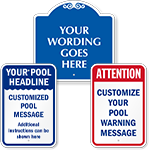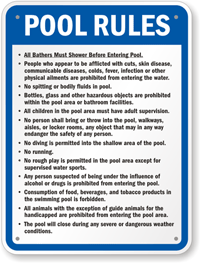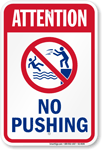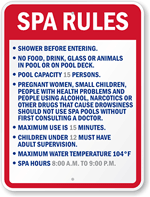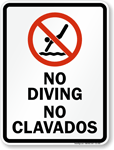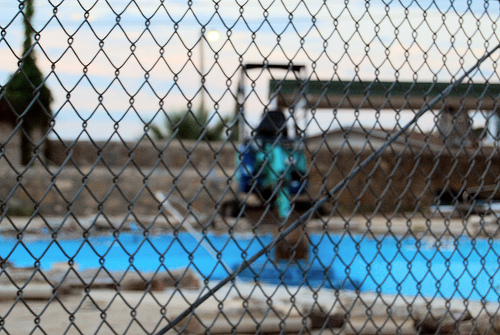How do I fence in my pool?
Pool and spa owners in New Zealand are cheering a proposed change to the nation’s fencing law would mean that above-ground portable hot tubs with locking covers are no longer be required to have fences around them. That’s all well and good for those down under. But what about the millions of pool and spa owners in the United States? What fencing laws do you need to follow to help ensure pool safety — and avoid liability in the event of a tragedy?
The answer is much more complex than in other parts of the world. That’s because in the United States, most pool and spa regulation is at the local level. Some states, such as California and Florida, do have their own laws regarding fencing, but they are the outlier in a sea of codes, covenants and restrictions that every pool and spa owner is charged with keeping track of. As the following video demonstrates, not all fences are created equal, and latches are one of the most important considerations.
The Association of Pool & Spa Professionals has also developed a model barrier code for residential pools, spas and hot tubs. That code was approved by the American National Standards Institute. The International Code Council has its own guidelines designed to keep all pools and spas safe, especially from children who might wander into a yard. Many communities around the world have adopted these guidelines:
• The fence must be a minimum of 48 inches tall
• The middle horizontal rail must be at least 45 inches above the bottom horizontal rail
• The spacing between pickets must be less than 4 inches.
• The space between the bottom horizontal rail and the ground must be less than 2 inches.
• The gate(s) must be self-closing and self-latching.
• The gate(s) need to open outward (away from the pool area).
• The operating mechanism of the latch must be at least 54 inches from the bottom of the gate or it shall be on the pool side of the gate at least 3 inches below the top AND shall not have any opening greater than 1/2 inch within 18 inches of the release mechanism.
So while state and local laws may dictate laws, it’s wise for homeowners to take the most barrier precautions they can to prevent drowning in order to avoid tragedy and a lawsuit.

